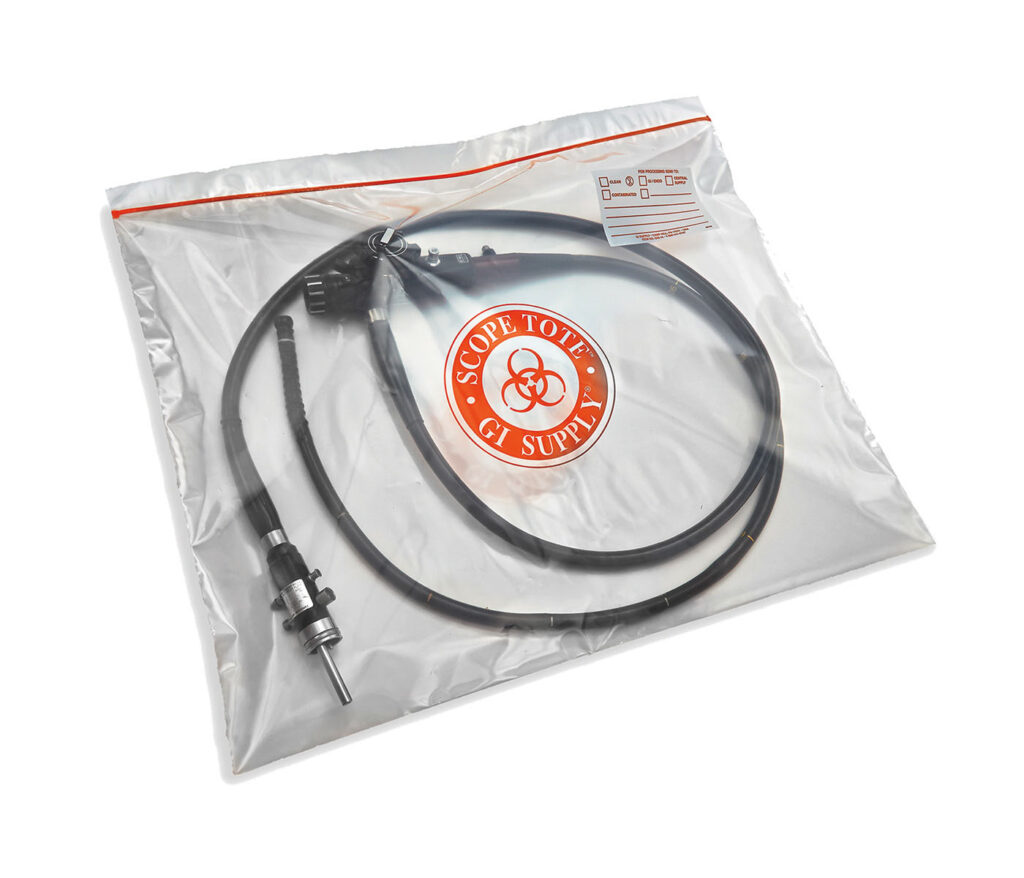
Endoscopic Transport Bag
Endoscopy has revolutionized the field of medicine by providing minimally invasive diagnostic and therapeutic procedures. As the demand for endoscopic procedures grows, so does the need for efficient and reliable transport of delicate endoscopic instruments. In this article, we will delve into the evolution of endoscopic transport bags, exploring their significance, features, and the advancements that have shaped their design.
The Need for Specialized Transport
Endoscopic instruments are intricate and sensitive devices that require meticulous care during transportation. Traditional storage methods often fell short in providing the necessary protection against potential damage, contamination, or breakage. Recognizing this gap, the healthcare industry introduced endoscopic transport bags, specifically designed to cater to the unique requirements of these instruments.
Key Features of Endoscopic Transport Bags
- Material Selection: The primary function of an endoscopic transport bag is to safeguard delicate instruments from external elements. As such, the material used plays a crucial role. High-quality, durable fabrics with water-resistant properties are often chosen to ensure protection against environmental factors.
- Padded Compartments: Endoscopic instruments are not only delicate but also come in various shapes and sizes. A well-designed transport bag includes padded compartments that can be customized to accommodate different instruments securely. This not only prevents collision within the bag but also ensures each instrument is snugly fit for optimal protection.
- Easy Accessibility: Time is of the essence in medical procedures. A well-thought-out endoscopic transport bag provides easy accessibility to the instruments, allowing healthcare professionals to retrieve them swiftly when needed. This feature not only enhances efficiency but also minimizes the risk of contamination.
- Sterilization Compatibility: Maintaining a sterile environment is paramount in medical settings. Endoscopic transport bags are often designed to be compatible with sterilization processes, ensuring that instruments remain uncontaminated during storage and transport. This feature is particularly crucial in preventing infections and complications during procedures.
Advancements in Endoscopic Transport Bags
The relentless pursuit of innovation has led to significant advancements in the design and functionality of endoscopic transport bags. These innovations aim to address existing challenges and enhance the overall efficiency of endoscopy procedures.
- Smart Technology Integration: Some modern endoscopic transport bags are equipped with smart technology, such as RFID (Radio-Frequency Identification) tags. This technology enables real-time tracking of instruments, reducing the likelihood of misplacement or loss. Additionally, it assists in maintaining an updated inventory of instruments, streamlining the overall management process.
- Impact-Resistant Materials: Recognizing the vulnerability of endoscopic instruments to physical impact, manufacturers are now incorporating impact-resistant materials into the construction of transport bags. This added layer of protection ensures that instruments remain intact even in the event of accidental drops or bumps during transportation.
- Climate-Controlled Chambers: Certain endoscopic procedures require instruments to be maintained within specific temperature ranges. To address this need, some advanced transport bags feature climate-controlled chambers. This ensures that temperature-sensitive instruments remain in optimal condition throughout the transport process.
- Customization Options: Healthcare facilities vary in their endoscopic needs. Recognizing this diversity, manufacturers now offer customization options for endoscopic transport bags. Facilities can choose specific compartments, sizes, and additional features based on their unique requirements, ensuring a tailored solution that meets their demands.
Conclusion
In conclusion, the evolution of endoscopic transport bags has been driven by the need to provide optimal protection and convenience for delicate instruments used in endoscopy procedures. The incorporation of advanced features and materials underscores the commitment of the healthcare industry to continually improve patient outcomes and streamline medical processes.
